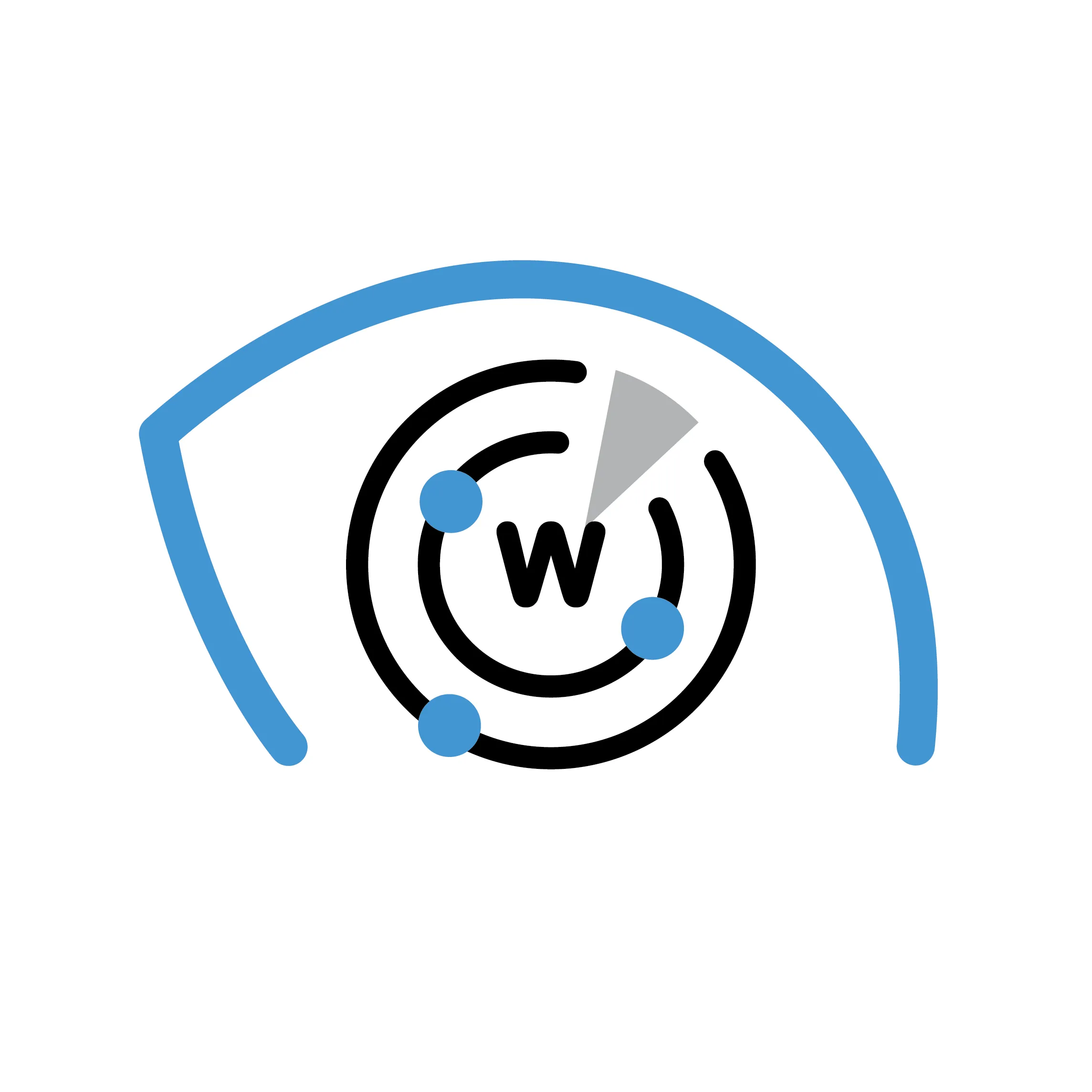363 reads
Attack Surface Management: A Look into Wild Domain and Subdomain Footprints
by
November 19th, 2020

Top Whois, DNS, IP and threat intelligence data provider. We provide APIs, databases, and tools.
About Author
Top Whois, DNS, IP and threat intelligence data provider. We provide APIs, databases, and tools.